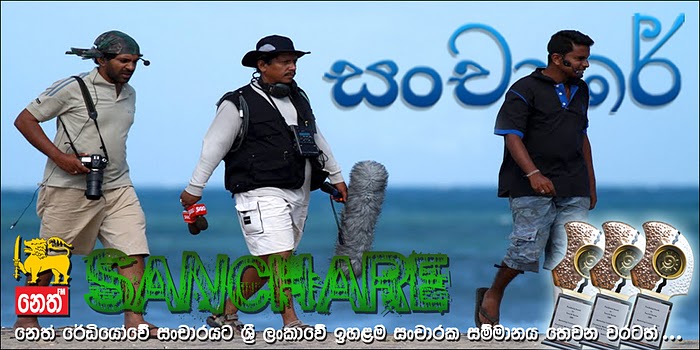The Lunugamvehera National Park
The Lunugamvehera National Park was designed to protect water-ways and to provide a resting-station for elephants, migrating between the Eastern section of the Yala Wildlife Conservation and the Western side of the Udawalawa National Park. As the biodiversity
in this area, including elephants is considerable, in order to conserve the area, it was declared a National Park under the Wildlife and Conservation Act and on December 8th 1995.
Borders of the park.
This National Park which belongs to the Divisional Secretariats of Thanamalwila, Wallawaya, Kataragama and Buttala of the Monaragala District of the Uva Province covers 23,498.08 hectares of land.
Ways to reach the park
While the main office of the park is situated on the Hambanthota-Wallawaya road, there are two roads leading to the park.
01. Travelling 245 km, passing through Udawalawa Thanamalwila from Cololbo.
02. Travelling through Colombo, Galle, Matara and Hambanthota, passing the Weerawila Junction and travelling 280km on the Wallawaya road.
03. Apart from this, travelling from Kataragama,passing the Gamudawa Junction and traveling acros Tammanawa, 18 km, takes a traeller to Lunugamvehera.
The park could be accessed through two main roads. Those are, the road situated at the edge of the bank of the Lunugamvehera wewa and through the black bridge situated near the Conservation Office at Thanamalwila.
Geographical Features.
In this park which is situated in the wet-zone, small hillocks can be seen here and there. The height from the sea-level is usually 91 meters. The beautiful mountain at a height of 20 meters is the highest point of the park.
Plant-life.
The eoc-systemc onsists of Dry zone and evergreen forests. Weera, Kone, Palu, Hik, Kunumallawa, Kirikone, Ulkenda, Kappetiy and Coffee plants are commonly seen.
Wildlife
Due to the grass the gas that grows around the Lunugamvehera lake, many wild animals could be seen arriving here searching for food. Among them are many elephants and buffalo apart from dandulena, Porcupines, Kola diviya, MOngoose, Wild boar, Mimiththa and Spotted deer.
Among the types of bird which live here are the native Jungle fowl which faces a threat of extinction. Among the reptiles could be seen the Crocodile, Star tortoise, and Pala Polanga.
Archelogical ruins of Pas Kema (Waterholes), Hathkema and seven vihara, a cave-painting and stone inscription can be seen.
The main lakes of the park.
The Weheragala lake has been built by obstructing the Menikgaga at Weheragala. It was opened in 2008, and was built by Mr. Gunadasa, a Sri Lankan engineer, using traditional Sri Lankan building techniques. Also, the Lunugamvehera lake has been built by obstructing the Kirindi Oya at Lunugamvehera.
Guest houses.
Two Guest HOues to serve loval and forieign tourists visitng the Park have been built. They are,
1. Thalgaha digana
2. Weragala
Each Guest house is built near the river, and are equiped with all facilties, including food, while 20 guests could lodge at one time. Reservations could be made t the main Wildlife Office at Colobo









